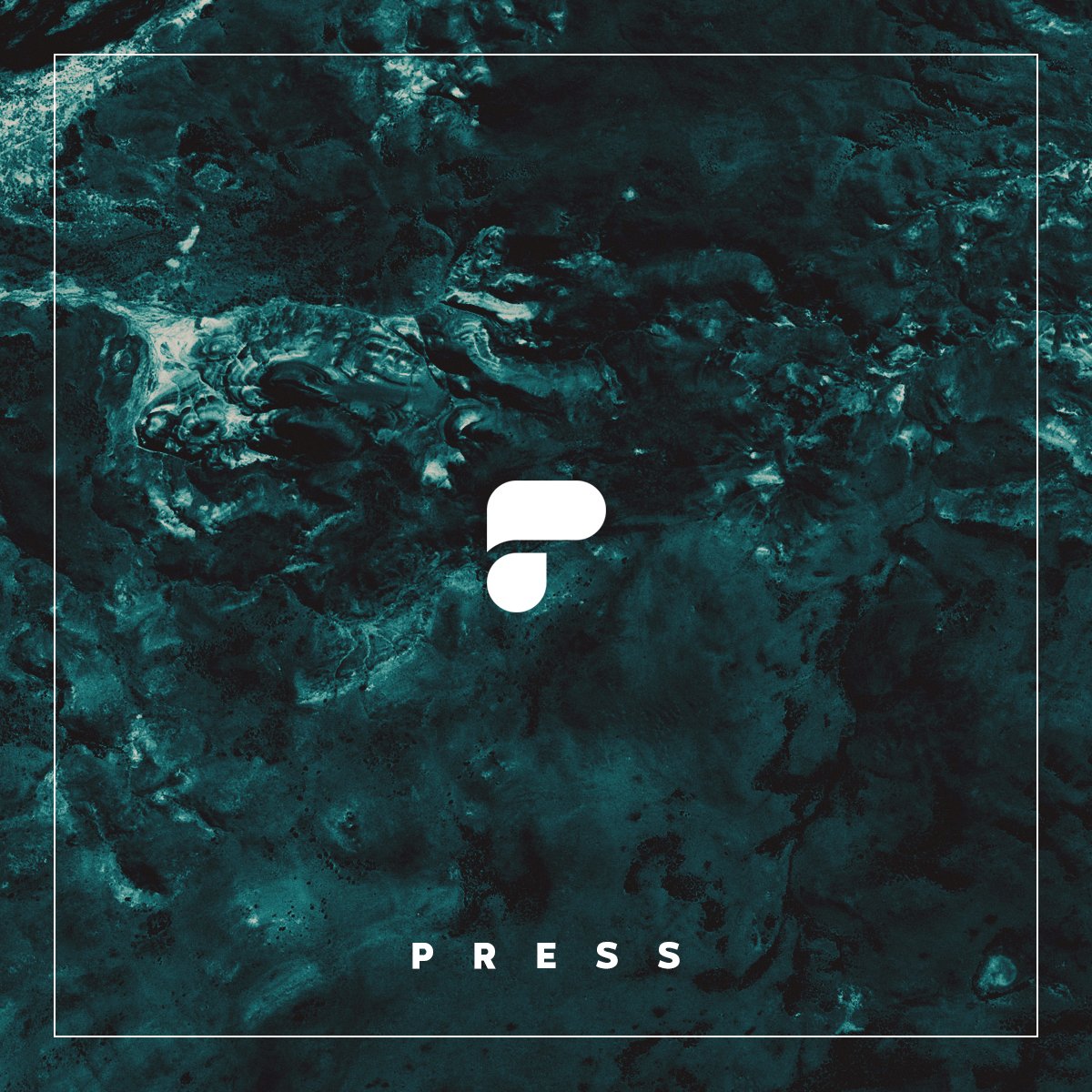Everyone loves to film with their iPhone, (or smartphone in general) and there’s no reason not to. With advancements in phone camera technology and their all around ease of use, the gap between expensive, large professional cinematography equipment and their smaller, traditionally lame, consumer counterparts is shrinking. In recent years, professionals have employed the use of the iPhone in both commercials and feature films (think Bentley’s Mulsanne ad, “Intelligent Details,”(2014) and Soderbergh’s feature film, “Unsane” (2018)).
In many ways, with smartphones like iPhone X, we are seeing the end to end democratization of video pre-production, production and post production processes, bridging the gap between what is possible for independent filmmakers on a budget and the big pockets of Hollywood studios. Today’s filmmakers and digital content creators have access to pocket-sized cameras that they can take anywhere and can accomplish a lot of what used to be possible only with a production crew and a studio. However, these camera phones are still limited in their ability to shoot quality footage in difficult light conditions, often because the shutter speed is locked at a high rate, resulting in overexposed, choppy looking footage.
Controlling Shutter Speed
In the same way that neutral density filters are used on DSLR, mirrorless and other high end digital cameras, companies like PolarPro are designing ND filter systems for mobile phone platforms like Google’s Pixel, Samsung’s Galaxy, and of course the iPhone. When used with phone camera apps like Filmic Pro that are designed to give users manual control of their mobile camera’s shutter speed, neutral density filters can help reduce shutter speed to about double that of the camera’s frame rate, for smoother looking 4K video. For fluid, cinema style shots, mobile content creators have been using handheld gimbals like the Osmo Mobile from DJI, producing content that looks like it’s shot on a big camera and not a cell phone.
PolarPro recently released a video demonstrating how their Iris Mobile ND filter system can be used to create slow motion, cinematic shots out in bright desert light. The footage was then meshed together with footage shot on full frame cameras. The idea behind the filter system is to be able to use your iPhone, Pixel or similar smartphone to film content that can be easily meshed with other high resolution video from larger, more powerful cameras often used on feature films and full-scale productions. With innovation at the heart of the indie film making scene, it’s likely that we’ll see the mobile filmmaking trend build in the coming years as creatives continue to explore with new
technical imaging solutions.
Imagine + execute in real time
There used to be a waiting period between wrapping up a shoot and getting the film processed, developed and sent back to edit. By eliminating the film stock medium, digital cameras have sped up the shooting to editing process.
And yet, full sized camera rigs are still quite large and cumbersome to lug around, set up all their components based on the scene being shot, and then make adjustments to the equipment to finally make the shot. Here, we can see how the process from imagining a scene and shooting a scene is still quite long.
Enter the camera phone. The iPhone, Galaxy, and Pixel are all like the Canon PowerShot or your favorite old point and shoot, except more fully realized with 4K capabilities, and the ability to call home.
In all seriousness, what really sets shooting with a camera like the iPhone apart is the immediacy of the filming process. Even when setting a camera phone up on a gimbal and adding a filter, content creators are able to quickly begin shooting while their creative intent is still fresh in their mind. It’s like having your imagination expressed through your fingertips in real time. This type of immediate approach adds a touch of playfulness to an otherwise technical endeavor void of much virtuosity.
Wrap-up
For both professional and prosumer content creators, or anyone who wants to enhance the capability of their mobile camera, filter systems like PolarPro’s Iris Mobile ND filter system combined with a video app like Filmic Pro, ProCamera, or ProShot and a camera gimbal like DJI’s Osmo Mobile let creatives maximize their potential to connect with their audience, allowing unrestricted freedom of expression through seamlessly meshing content shot on iPhone and other smartphones to multi-camera projects.




Share:
Autel Evo Filters
Shutter Speed, Frame Rate and the 180° Rule